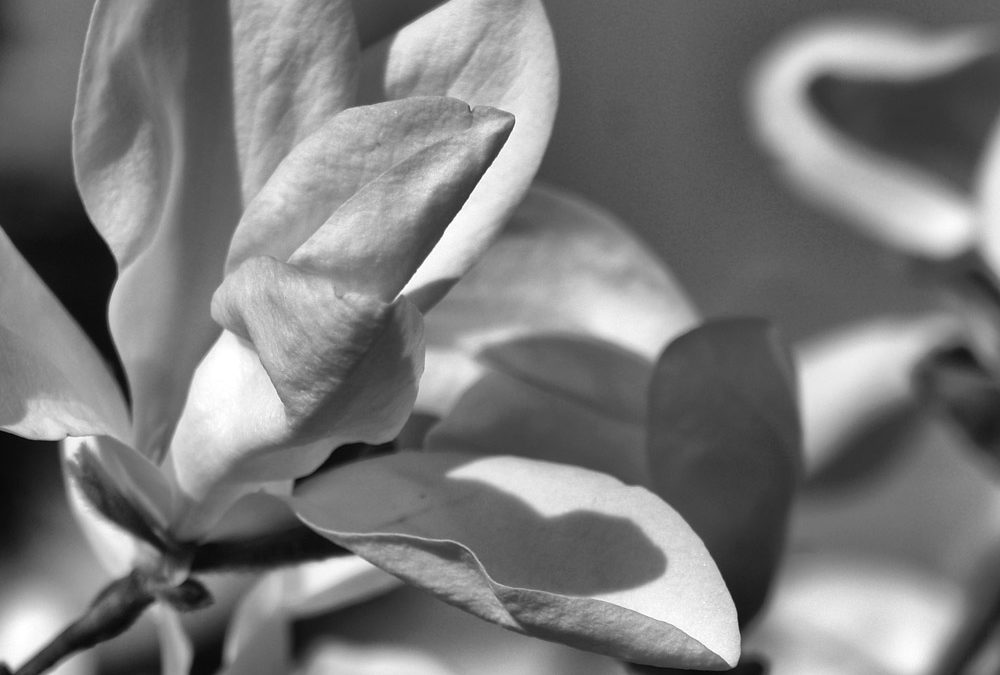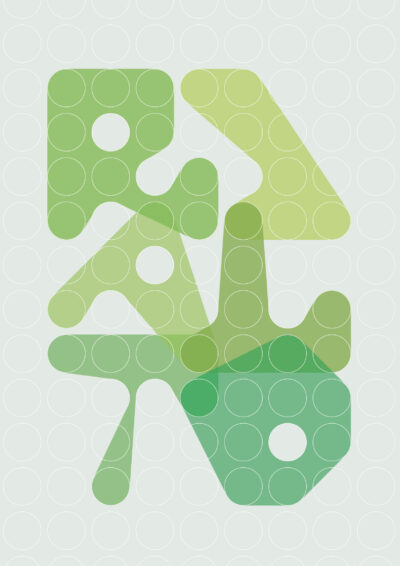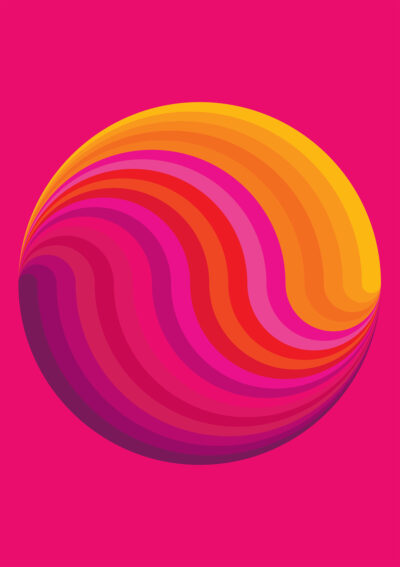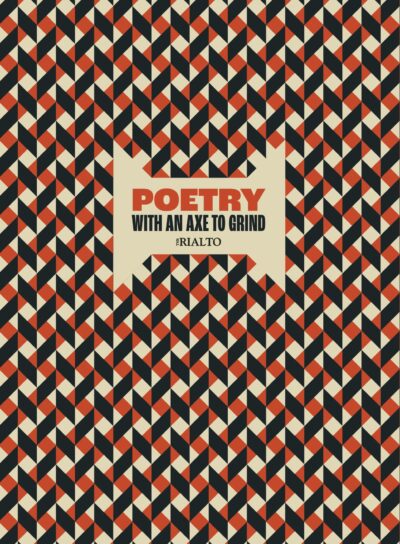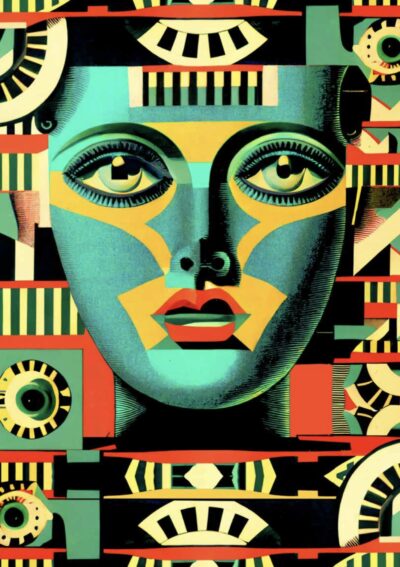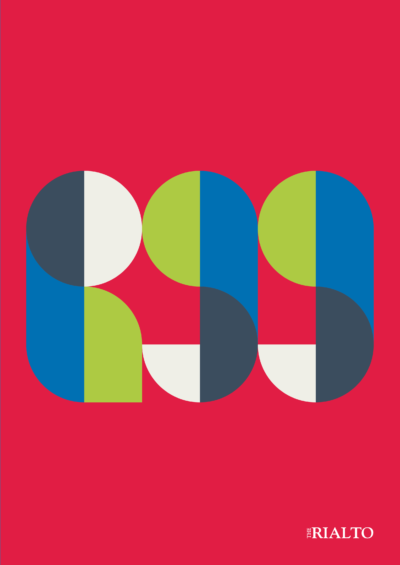Among those figures who emerge occasionally from the back of my mind, people like the Twenties’ singer Blind Blake who played ragtime and blues across the southern states before everyone plugged in and moved to Chicago, or the thirteenth-century wandering architect of Picardy, Villard de Honnecourt, one I often return to is Thomas Bouesset, who began his career as a literary theorist and ended it as a theatrical anarchist, by way of film-making which in the end he came to reject, as he would probably have rejected his revolutionary theatre, had he lived.
He was born in 1939 in Cherbourg, the son of a railwayman and a shop girl; about his childhood in a town moving from war to peace, he wrote: “I remember only my parents’ stubborn voices and the sound of trains.” He studied linguistics at Nimes and then at the Sorbonne, where he began to apply structuralist theory to the movies, particularly the B-movies of the late Forties and Fifties with which he had grown up, many of his essays appearing in that yellow-bound, densely written testament to miracles, Cahiers du Cinema. His then girlfriend, Veronique Termigant, recalls Bouesset as pugnacious. That quality was there from his earliest writings, which I once spent a summer struggling through in the Bibliotheque Nationale when I should have been researching for my thesis. How Bouesset came to move from writing about cinema to appearing in a film I do not know, but apparently he can be glimpsed in the bungled assassination scene in Godard’s La Chinoise, although I have never been fully confident it is actually him. That same year, 1967, came his final essay on film, and the only one to have been translated. In it he wrote something on the movie Gun Crazy which, given how things turned out, was ominous: “Were any moments as exciting as those of the drive through the streets of Montrose with John Dall and Peggy Cummins? They sit up front with their guns, we in the back seat, transformed into their accomplices.”
The riots of 1968 expelled him from academia to action, and that autumn he began a documentary about the co-operative teaching methods at the theatre school on Rue St Denis, which led eventually to his foundation of a theatre ‘group’. Their manifesto is of its time, and crazy: “A play is a revolutionary act: a successful play is one where the bourgeois audience leaves physically sick and returns home to commit suicide.”
Their improvisations turned audience members into contributors; they were apparently remarkable, joyous events, again according to Veronique Termigant. But Bouesset went further. Ridiculously far: he managed to turn his life into theatre to such a degree, he died on stage: shot dead in Sardinia during a plein air performance of Kung Fou. The murder apparently followed an insulting remark he had made to a member of the maquis prior to the performance.
His one book was The Body is also Rain, part treatise on physical theatre, part spiritual inquiry, and it is very beautiful. I often go to it for lines such as these: “In the forest, in the darkness, we meet a face. We do not know to whom this face belongs: a ghost, a dream, another person? Yet we approach, aware of our own foolishness, our aloneness, because it is in the encounter that we are transformed.”
